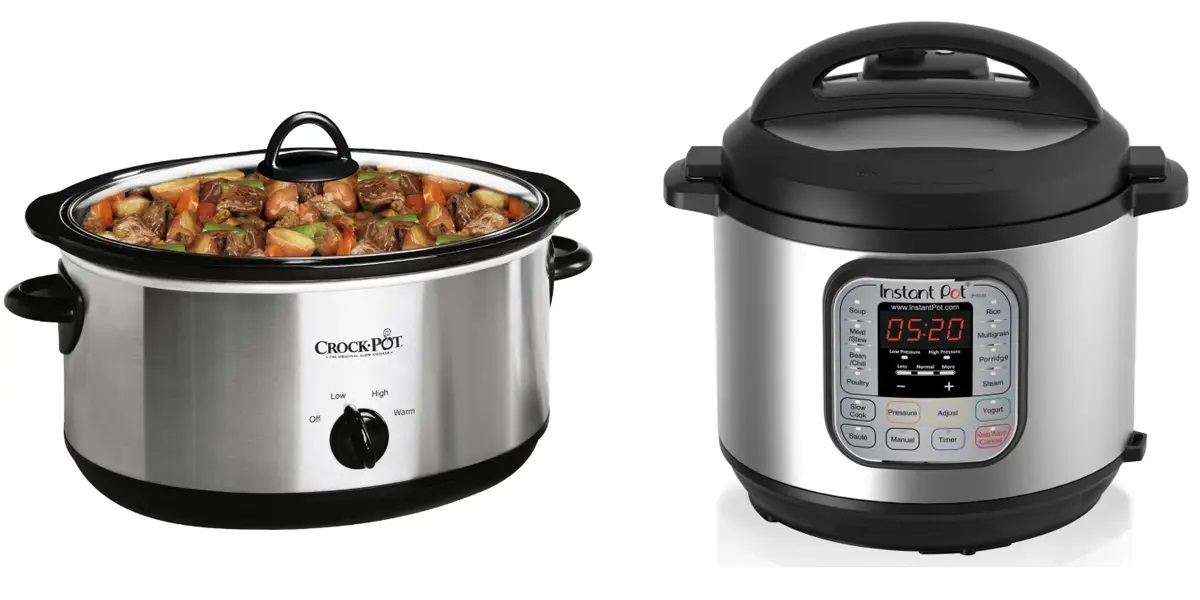

Articles
Which Is Better Crockpot Or Slow Cooker
Modified: January 5, 2024
Discover the pros and cons of both crockpots and slow cookers in our helpful articles. Make the right choice for your cooking needs!
(Many of the links in this article redirect to a specific reviewed product. Your purchase of these products through affiliate links helps to generate commission for Storables.com, at no extra cost. Learn more)
Introduction
When it comes to slow and steady cooking, two popular kitchen appliances often come to mind: the crockpot and the slow cooker. These trusty devices have revolutionized the way we prepare meals, allowing us to effortlessly create delicious and tender dishes with minimal effort. But for those who are unfamiliar with these appliances, it can be confusing to understand the differences between them and determine which one is the better option for their cooking needs.
In this article, we will provide an in-depth comparison between crockpots and slow cookers, highlighting their features, benefits, drawbacks, and more. Whether you’re a busy professional looking to simplify meal preparation or a passionate cook seeking convenience, join us as we explore which appliance reigns supreme in the kitchen.
Before diving into the details, it’s important to clarify that crockpots and slow cookers are essentially the same thing. The term “crockpot” is actually a brand name that has become synonymous with the appliance itself. Slow cookers, on the other hand, refer to the generic term used to describe any countertop cooking device that operates on a low and consistent temperature over an extended period of time. For the sake of simplicity, we will use the terms interchangeably throughout this article.
Now, let’s delve into the features and functions of these cooking appliances to better understand their capabilities and determine which one is the better choice for you.
Key Takeaways:
- Crockpots and slow cookers offer convenience, versatility, and flavorful results, making them valuable additions to any kitchen. Consider your specific cooking needs, preferences, and budget when choosing between the two.
- The slow and steady cooking method of crockpots and slow cookers enhances flavors, tenderizes meats, and creates mouthwatering dishes. Experiment with different recipes and techniques to fully explore their potential.
Overview of Crockpot and Slow Cooker
Crockpots and slow cookers are both designed to provide convenience and simplicity in the kitchen. They are countertop cooking appliances that allow you to prepare a wide range of dishes with minimal effort. The main difference lies in their design and construction.
A crockpot typically consists of a ceramic or stoneware pot that is housed within a heating element. This pot is placed inside a metal housing, which contains the heating element and controls. The lid is made of glass or plastic and helps to retain heat and moisture during the cooking process. Crockpots usually come in various sizes, ranging from small ones for individual servings to larger ones for family-sized meals.
On the other hand, slow cookers are typically made of metal and feature a removable cooking pot that sits on top of a heating base. The cooking pot is usually constructed from materials such as stainless steel or non-stick material. Slow cookers also come in different sizes and can accommodate various cooking needs.
Both crockpots and slow cookers operate on similar principles of low and slow cooking. They use a gentle heat source to cook food over a long period of time, typically ranging from 4 to 10 hours or more. This slow cooking process allows flavors to develop, tenderizes meats, and creates a rich and aromatic final product.
These appliances are ideal for busy individuals who don’t have the time to stand over a stove or those who want to prepare their meals in advance. Whether you want to prepare a hearty stew, tender pulled pork, or flavorful soups and curries, both crockpots and slow cookers can be your go-to kitchen companions.
Now that we have a basic understanding of crockpots and slow cookers, let’s take a closer look at their features and functions to help you decide which one is better suited for your cooking needs.
Features and Functions
Crockpots and slow cookers share many common features and functions that make them versatile and convenient cooking appliances. Here are some key features to consider:
Temperature Settings: Both crockpots and slow cookers offer multiple temperature settings, typically including low, high, and sometimes a keep warm setting. These settings allow you to choose the appropriate heat level for your recipe, ensuring optimal cooking results.
Programmable Timer: Many modern crockpots and slow cookers come with programmable timers, allowing you to set the cooking time in advance. This feature is particularly useful if you’re away from home for an extended period or want to have a meal ready when you return.
Auto-Shift to Warm: Some models are equipped with an auto-shift to warm feature, which automatically switches the appliance to a low heat setting once the cooking time is complete. This ensures that your food stays warm and ready to serve until you’re ready to eat.
Removable Cooking Pot: Both crockpots and slow cookers have removable cooking pots, making it easy to clean and serve the food directly from the pot. The removable pot is usually dishwasher safe, allowing for hassle-free cleanup.
Lid Seal: The lids of both appliances are designed to create a tight seal, helping to trap moisture and flavors inside. This ensures that your dishes remain tender and flavorful throughout the cooking process.
Size and Capacity: Crockpots and slow cookers come in various sizes to accommodate different cooking needs. Smaller models are ideal for individuals or couples, while larger ones are suitable for families or when entertaining guests.
Multiple Cooking Functions: Some advanced models of both appliances offer additional cooking functions, such as sautéing, searing, or even baking. These versatile options expand the range of dishes you can prepare in a crockpot or slow cooker.
Overall, both crockpots and slow cookers offer similar features and functions, making them reliable and efficient cooking tools. The choice between the two largely comes down to personal preference, budget, and specific needs. Next, let’s explore the benefits and drawbacks of using crockpots and slow cookers.
Benefits and Drawbacks
Using a crockpot or slow cooker comes with several benefits that make them popular choices for home cooks. Let’s explore these advantages:
Benefits:
- Convenience: One of the biggest benefits of using a crockpot or slow cooker is the convenience it offers. You can simply set it and forget it, allowing you to go about your day while your meal slowly cooks to perfection.
- Time-saving: Slow cooking allows you to prepare meals in advance and have them ready when you need them. This is especially useful for busy individuals or those who have limited time for meal preparation.
- Flavorful results: The low and slow cooking method enhances the flavors of your dishes, making them tender and delicious. It allows the ingredients to meld together and develop rich and complex flavors.
- Economical: Slow cooking is an economical way to cook, as it allows you to use cheaper cuts of meat, which become tender and flavorful through the slow cooking process.
- Healthier cooking: Slow cooking requires little to no added fats or oils, making it a healthier option compared to other cooking methods.
- Versatility: Crockpots and slow cookers can be used to prepare a wide variety of dishes, including stews, soups, curries, roasts, and even desserts. The possibilities are endless.
While there are numerous benefits to using a crockpot or slow cooker, there are also a few drawbacks to consider:
Drawbacks:
- Cooking time: Slow cooking is, by nature, a lengthy process. It can take several hours to cook a meal, which may not be suitable for those who want quick results.
- Less control over the cooking process: Unlike traditional stovetop or oven cooking, slow cooking doesn’t offer precise control over heat levels or the ability to monitor the progress of your dish. Once you set the temperature and cooking time, you have to trust that the appliance will deliver the desired result.
- Limited texture variety: Slow cooking tends to result in softer, more tender textures. If you prefer dishes with a crispy or crunchy texture, slow cooking may not be the ideal method.
- Requires careful planning: Since slow cooking takes longer, it requires you to plan your meals in advance. This may not suit individuals who prefer spontaneous or last-minute cooking.
Considering these benefits and drawbacks will help you determine if a crockpot or slow cooker is the right fit for your cooking style and needs. Next, let’s explore cooking time and temperature considerations with these appliances.
Cooking Time and Temperature
One of the key aspects to consider when using a crockpot or slow cooker is the cooking time and temperature settings. These factors play a crucial role in achieving the desired results for your recipes.
Slow cookers typically have two temperature settings: low and high. The low setting generally cooks between 170-200°F (77-93°C), while the high setting ranges from 200-300°F (93-149°C). Keep in mind that these temperature ranges can vary slightly depending on the specific model.
When using the low setting, expect longer cooking times. Most dishes cooked on low setting take around 6-10 hours to fully cook, making it suitable for recipes that require thorough slow cooking and tenderizing, such as roasts, stews, and braised dishes.
The high setting, on the other hand, shortens the cooking time significantly, often taking around 4-6 hours. This setting is ideal for recipes that don’t require as much long, slow cooking, such as soups, chili, or dishes with already tender cuts of meat.
It’s important to note that the cooking time can vary depending on factors such as the size and shape of the meats or vegetables used, the thickness of the dish, and the specific recipe. Always refer to your recipe instructions for specific cooking times and adjust accordingly.
Many modern slow cookers also come with programmable timers, which allow you to set the cooking time. This feature is useful if you want to prep your ingredients in the morning and have your meal ready when you return home from work or other activities.
Overall, the cooking time and temperature settings of a crockpot or slow cooker offer flexibility and convenience. With a bit of trial and error, you will learn how to adjust the settings to achieve the desired results for your recipes.
Next, let’s explore the versatility and variety of recipes that can be made using a crockpot or slow cooker.
When choosing between a crockpot and a slow cooker, consider the size and features you need. Crockpots are a type of slow cooker, so both can be great options for convenient, hands-off cooking.
Read also: 10 Best Slow Cooker Crockpot For 2024
Versatility and Variety of Recipes
One of the great advantages of using a crockpot or slow cooker is the wide range of recipes that can be prepared using these appliances. From hearty stews to tender roasts, here are some examples of the versatile dishes you can create:
1. Soups and Stews: Slow cookers are perfect for making comforting soups and stews. Whether it’s a classic chicken noodle soup or a rich beef stew, the slow cooking method allows the flavors to meld together, resulting in a delicious and satisfying meal.
2. Roasts and Braised Meats: Slow cooking is ideal for tougher cuts of meat that benefit from long, slow cooking to become tender and flavorful. A slow-cooked pot roast or a braised lamb shank can be melt-in-your-mouth tender and packed with delicious flavors.
3. Pulled Meats: Whether it’s pulled pork, shredded chicken, or beef brisket, slow cooking is a fantastic method for making tender and juicy pulled meats. Cook the meat low and slow, and it will be easily shredded and perfect for sandwiches, tacos, or sliders.
4. Vegetarian and Vegan Dishes: Slow cookers are not just for meat-based dishes. They can be used to create delicious vegetarian and vegan meals, such as lentil soups, vegetable curries, or even bean chili. The slow cooking process helps to develop the flavors of the ingredients, resulting in a satisfying and hearty meal.
5. Desserts and Sweet Treats: Slow cookers can also be used for making mouthwatering desserts. From apple crisp to bread pudding, slow cooking allows the flavors to intensify and creates a rich and indulgent dessert with minimal effort.
These are just a few examples of the many recipes that can be made using a crockpot or slow cooker. The versatility of these appliances allows you to get creative in the kitchen and explore different flavors and cuisines.
Additionally, there are countless online resources, cookbooks, and communities dedicated to slow cooker recipes, providing you with endless inspiration and ideas to keep your meals interesting and diverse.
Now that we’ve explored the versatility and variety, it’s important to consider the cleaning and maintenance aspect of using a crockpot or slow cooker.
Cleaning and Maintenance
Cleaning and maintaining a crockpot or slow cooker is relatively easy and straightforward. Here are some key points to keep in mind:
Cleaning:
- Removable parts: Most crockpots and slow cookers have removable cooking pots and lids. These parts are typically dishwasher safe, making cleanup a breeze. Simply remove them from the appliance and place them in the dishwasher or wash them by hand with warm, soapy water.
- Non-removable parts: The outer housing of the appliance is usually made of metal or plastic, which can be wiped down with a damp cloth or sponge. Avoid submerging the entire appliance in water to prevent any electrical damage.
- Stuck-on or burnt-on food: If you have stubborn food residue, fill the pot with warm, soapy water and let it soak for a while. This will loosen the food, making it easier to clean. Use a non-abrasive sponge or brush to gently scrub away any stuck-on food.
- Odor elimination: If your crockpot or slow cooker has developed an unpleasant odor, try filling it with a mixture of equal parts water and vinegar. Let it sit for a couple of hours before rinsing it out. This will help eliminate any lingering odors.
Maintenance:
- Handle with care: While crockpots and slow cookers are generally sturdy appliances, it’s important to handle them with care. Avoid dropping or banging the cooking pot as this can cause cracks or damage to the crockery.
- Store properly: When not in use, store your crockpot or slow cooker in a cool, dry place. Avoid stacking other items on top of it to prevent any potential damage.
- Check cords and plugs: Regularly inspect the cords and plugs for any signs of wear or damage. If you notice any issues, it’s important to replace them to ensure the safe operation of the appliance.
By following these simple cleaning and maintenance practices, you can ensure that your crockpot or slow cooker remains in good condition and ready for your next delicious meal.
Now, let’s consider the cost and investment when it comes to purchasing a crockpot or slow cooker.
Cost and Investment
When considering a crockpot or slow cooker, it’s important to evaluate the cost and investment involved. Here are some factors to consider:
Price Range: Crockpots and slow cookers come in a wide range of prices, depending on their size, brand, and features. Smaller models can be as low as $20, while larger and more advanced models can range from $50 to $100 or higher. It’s essential to determine your budget and desired features before making a purchase.
Quality and Durability: Higher-priced crockpots and slow cookers often come with better build quality and durability. They may have additional features like programmable timers, digital displays, or advanced heat technology. While they may be a more significant investment upfront, they tend to last longer and offer more versatility over time.
Brand Reputation: Consider the reputation of the brand when selecting a crockpot or slow cooker. Established brands often have a track record of quality and reliability. Reading customer reviews and researching the reputation of the brand can provide insights into the performance and longevity of the appliance.
Size and Capacity: The size and capacity of the crockpot or slow cooker can also impact the price. Smaller models designed for single servings or small portions tend to be more affordable, while larger models suitable for families or entertaining guests may be more expensive.
Long-Term Use and Savings: Although there is an initial investment involved, investing in a crockpot or slow cooker can save you money in the long run. Slow cooking allows you to use less expensive cuts of meat that become tender and flavorful over time. It also reduces the need for eating out or ordering takeout, saving you money on meals.
Consider your cooking needs, budget, and preferences when deciding on the cost and investment of a crockpot or slow cooker. It’s important to find a balance between your desired features and the price you are willing to pay.
Now that we have examined the different aspects of crockpots and slow cookers, let’s wrap up our comparison.
Conclusion
In conclusion, both crockpots and slow cookers offer numerous benefits and can be valuable additions to any kitchen. Their convenience, versatility, and ability to create delicious meals with minimal effort have made them popular amongst home cooks.
When it comes to choosing between a crockpot and a slow cooker, it’s important to consider your specific cooking needs, preferences, and budget. Both appliances share similar cooking principles, temperature settings, and features. The decision often comes down to personal preference and the specific features offered by different models.
Crockpots, which are often synonymous with slow cookers, are known for their ceramic or stoneware pots and can be a great choice for those who appreciate a traditional aesthetic. Slow cookers, typically made of metal with removable cooking pots, offer convenience and ease of cleaning. Some models may have additional advanced features, such as programmable timers or multiple cooking functions.
Both appliances excel in their ability to create tender and flavorful dishes, from stews and roasts to soups and desserts. The slow and steady cooking process helps to develop complex flavors and create mouthwatering results.
When it comes to cost and investment, crockpots and slow cookers are available at various price points. Consider your budget, desired features, and brand reputation when making your decision. Investing in a high-quality appliance may provide longevity and additional functionalities.
Ultimately, whether you choose a crockpot or a slow cooker, you can enjoy the convenience, versatility, and delicious meals offered by these appliances. Experiment with different recipes and cooking techniques to fully explore the potential of your chosen appliance.
So, whether you’re a busy professional, a passionate cook, or someone who simply wants to simplify meal preparation, a crockpot or slow cooker can be a valuable tool in your kitchen. Embrace the slow and steady cooking method, and let these appliances help you create flavorful and comforting meals with ease.
Frequently Asked Questions about Which Is Better Crockpot Or Slow Cooker
Was this page helpful?
At Storables.com, we guarantee accurate and reliable information. Our content, validated by Expert Board Contributors, is crafted following stringent Editorial Policies. We're committed to providing you with well-researched, expert-backed insights for all your informational needs.
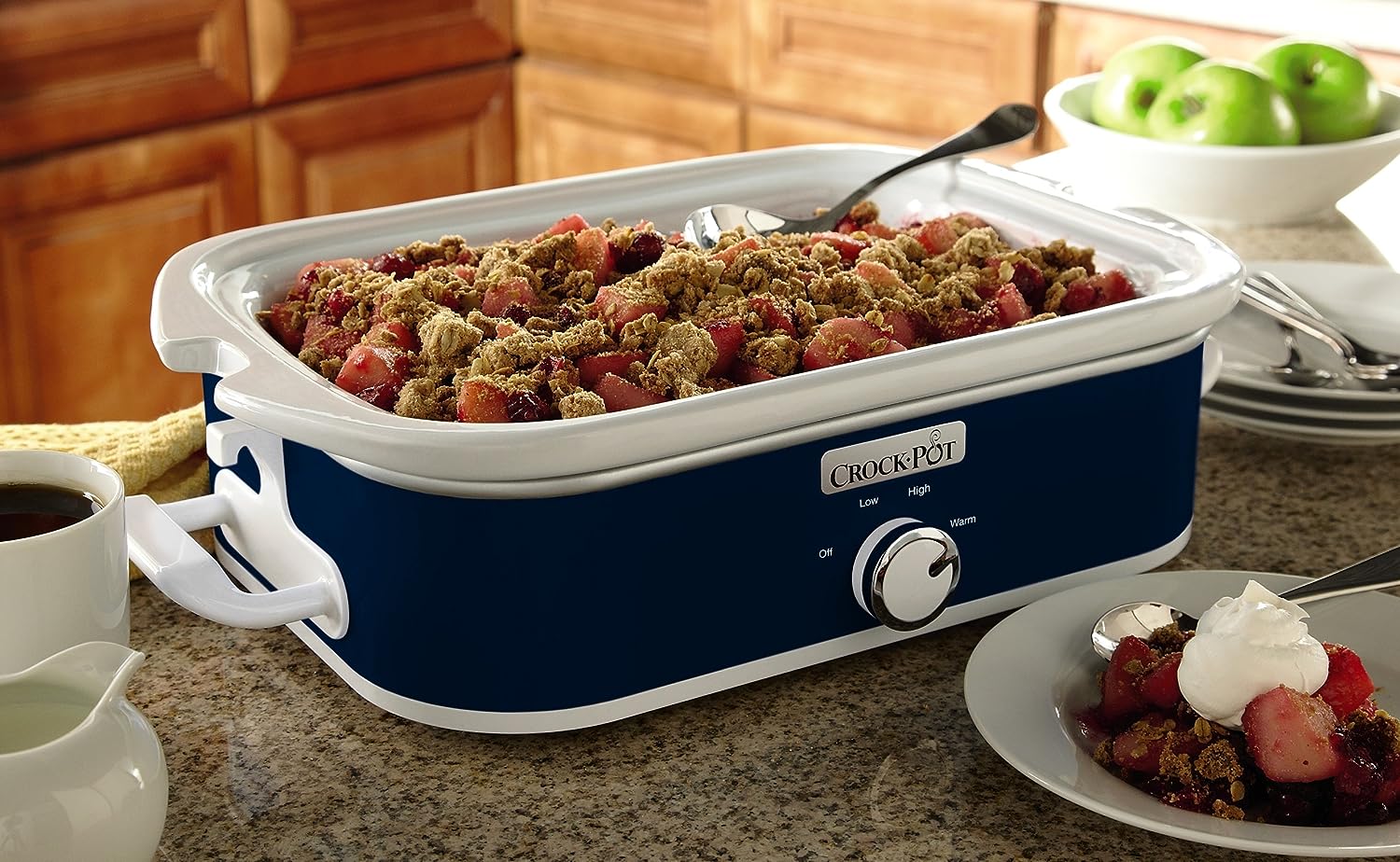
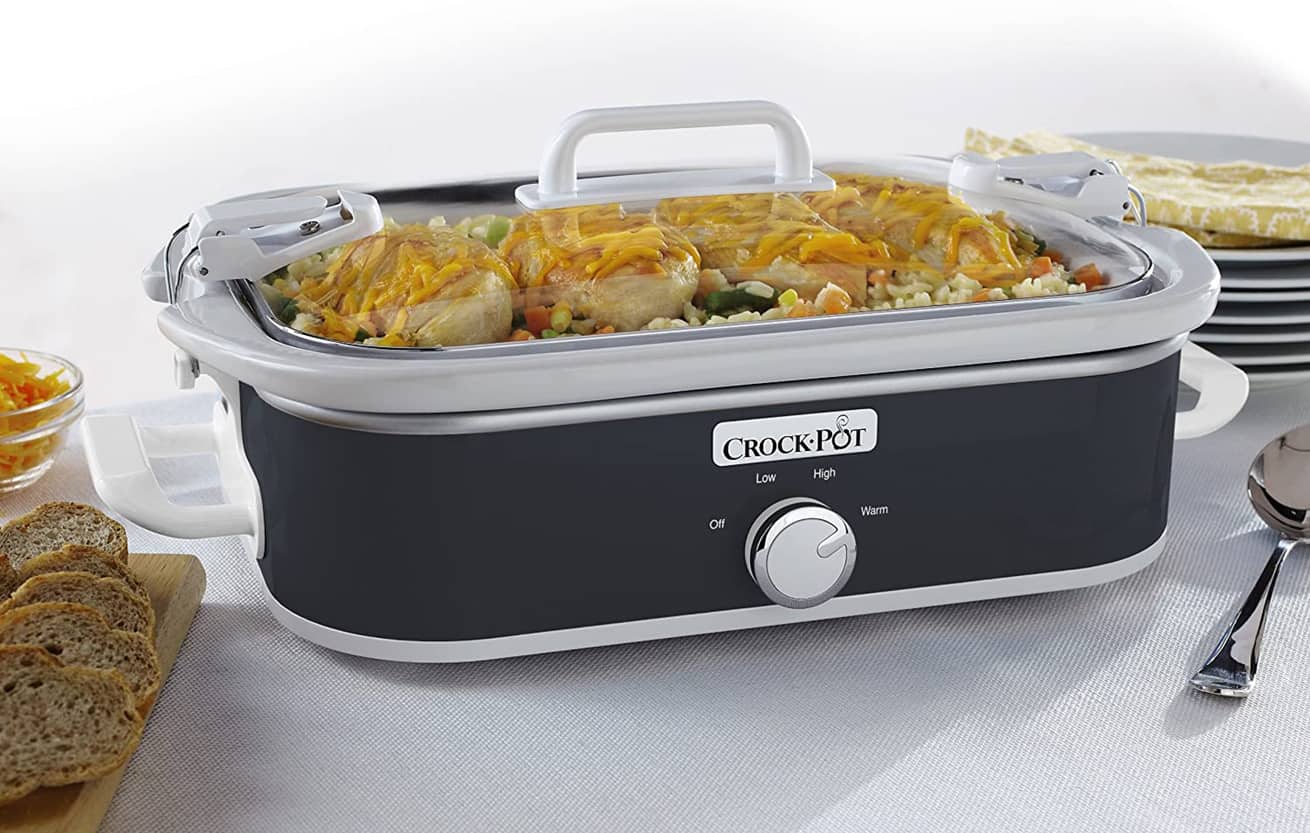
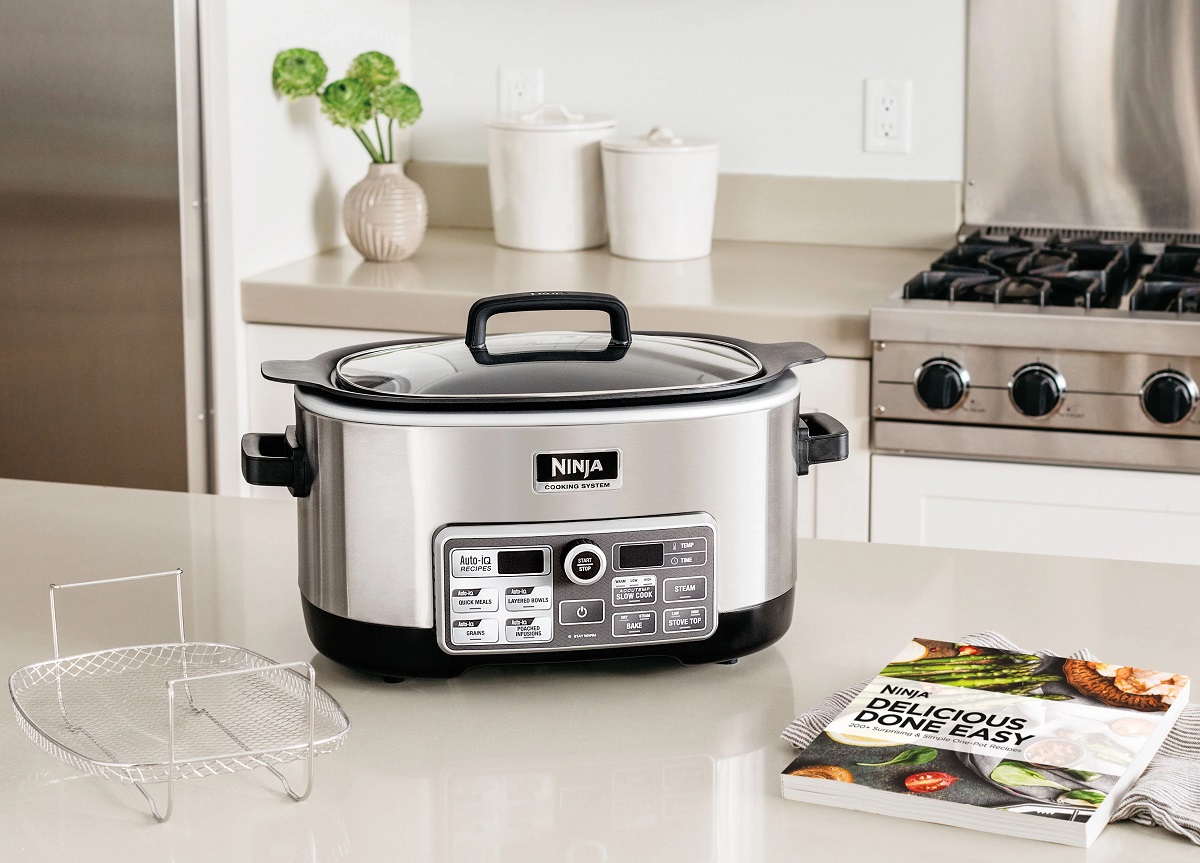
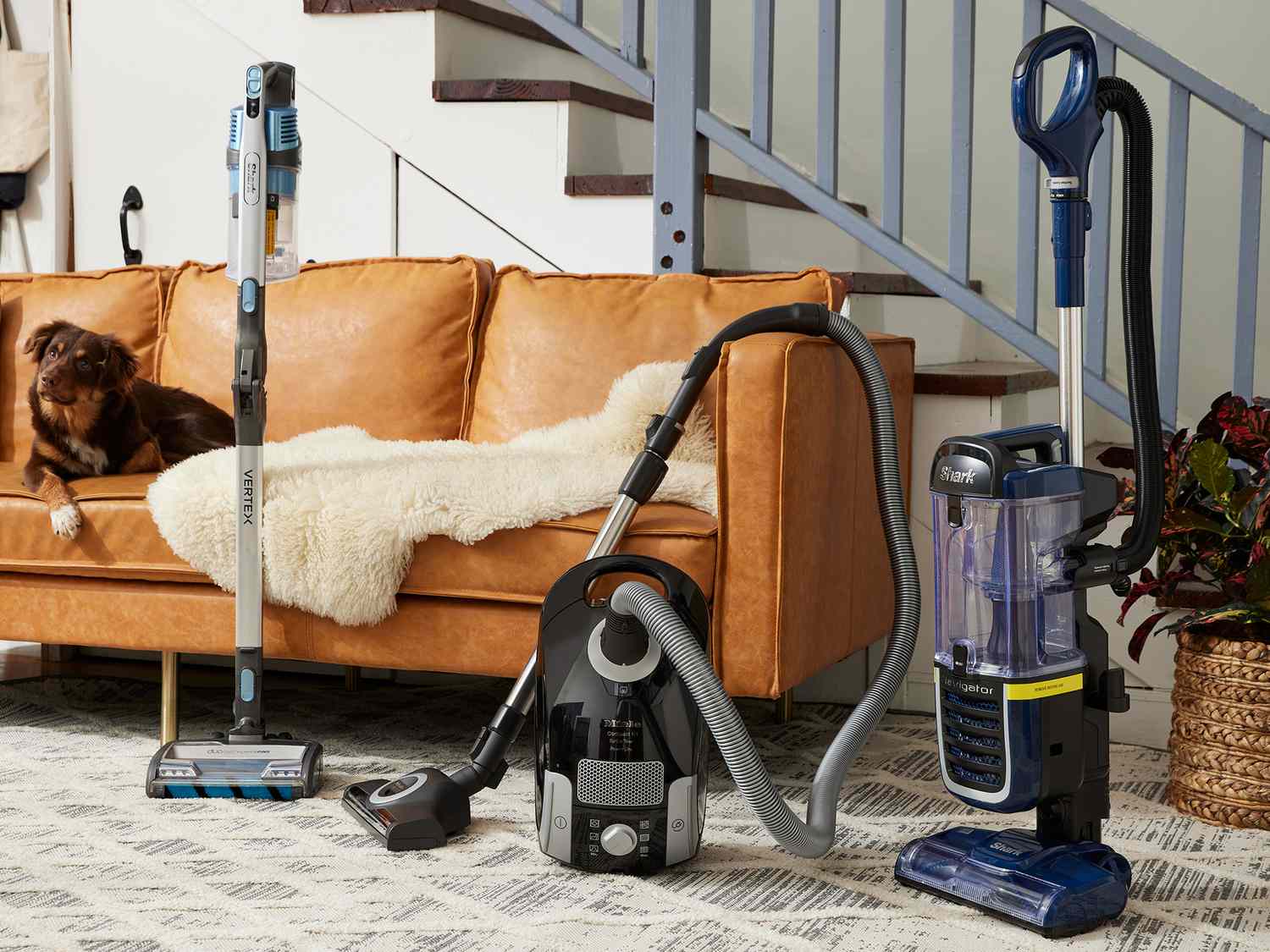
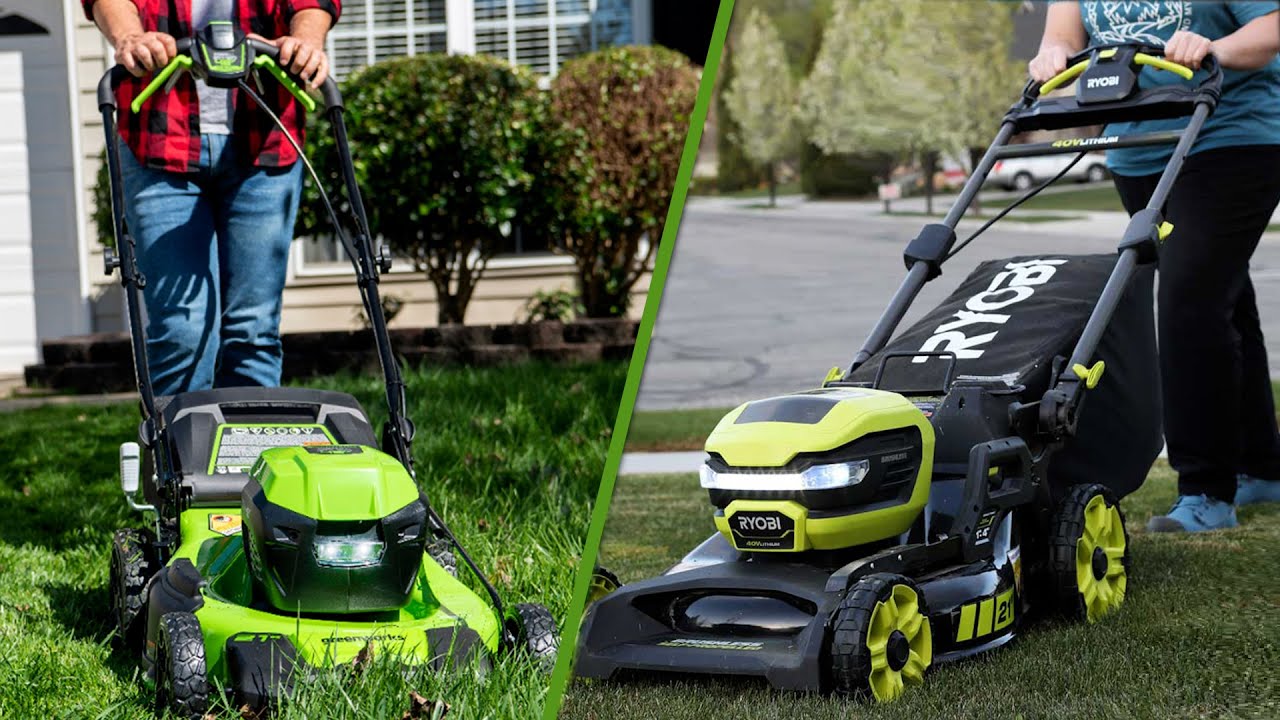
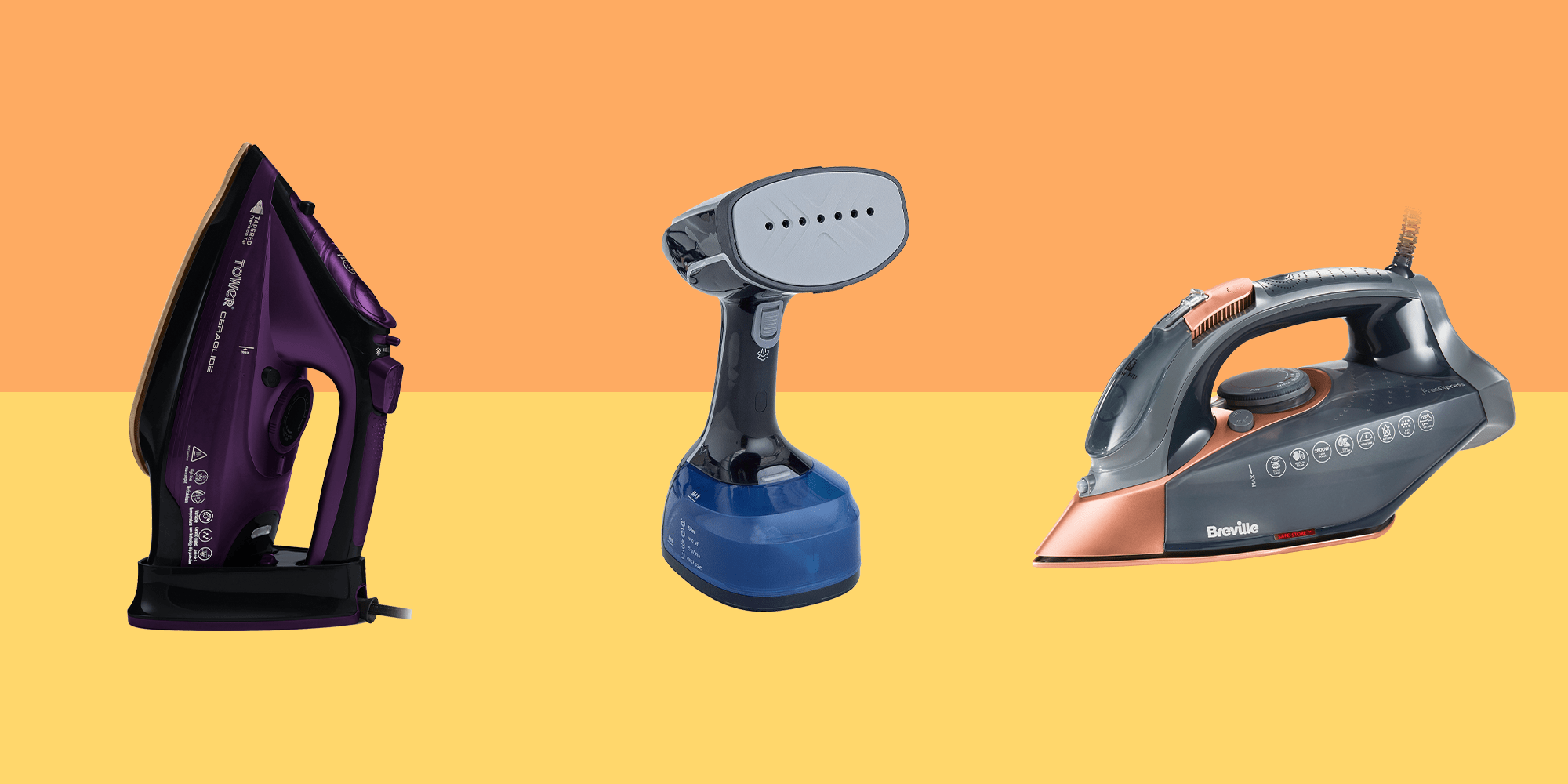
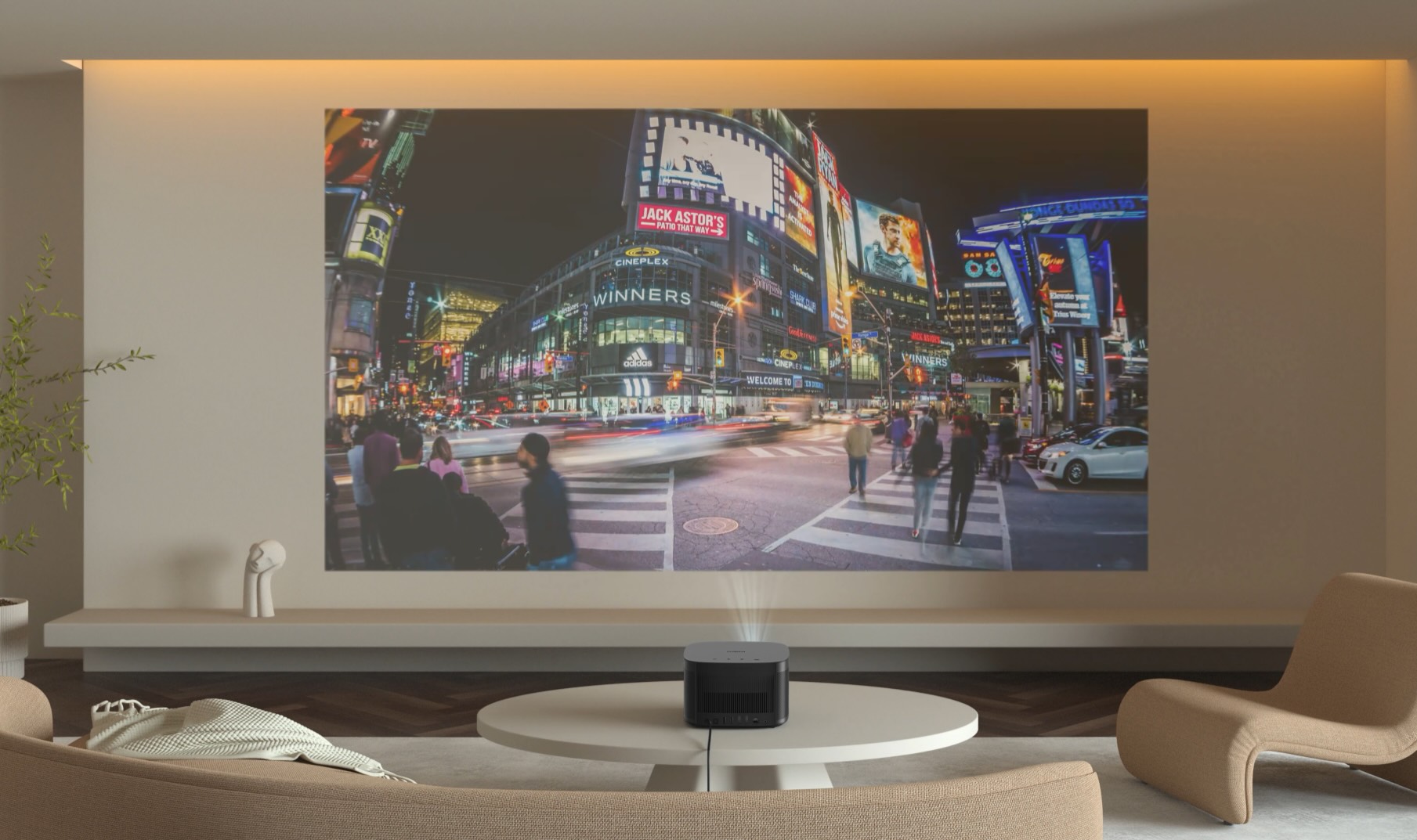
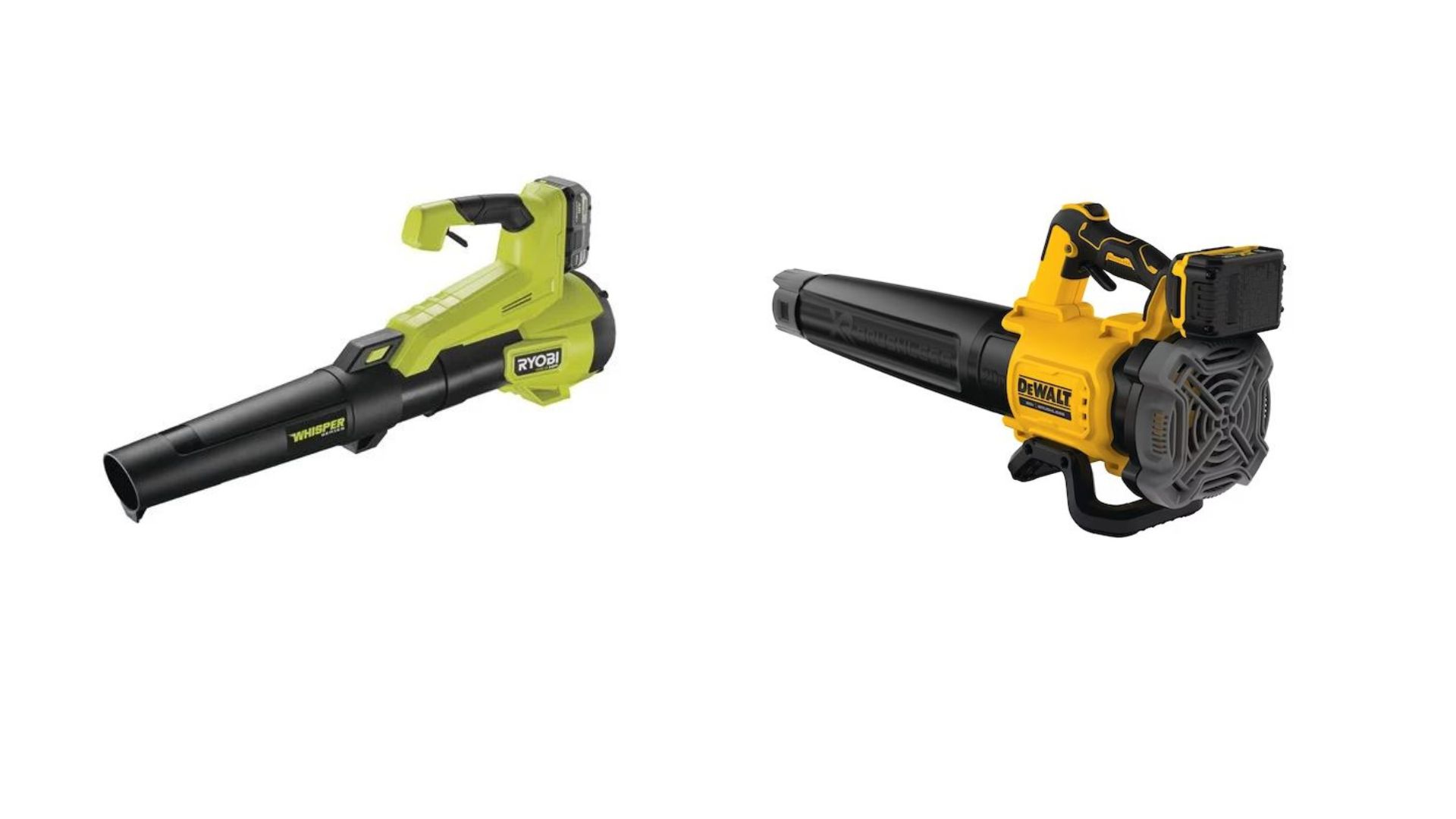
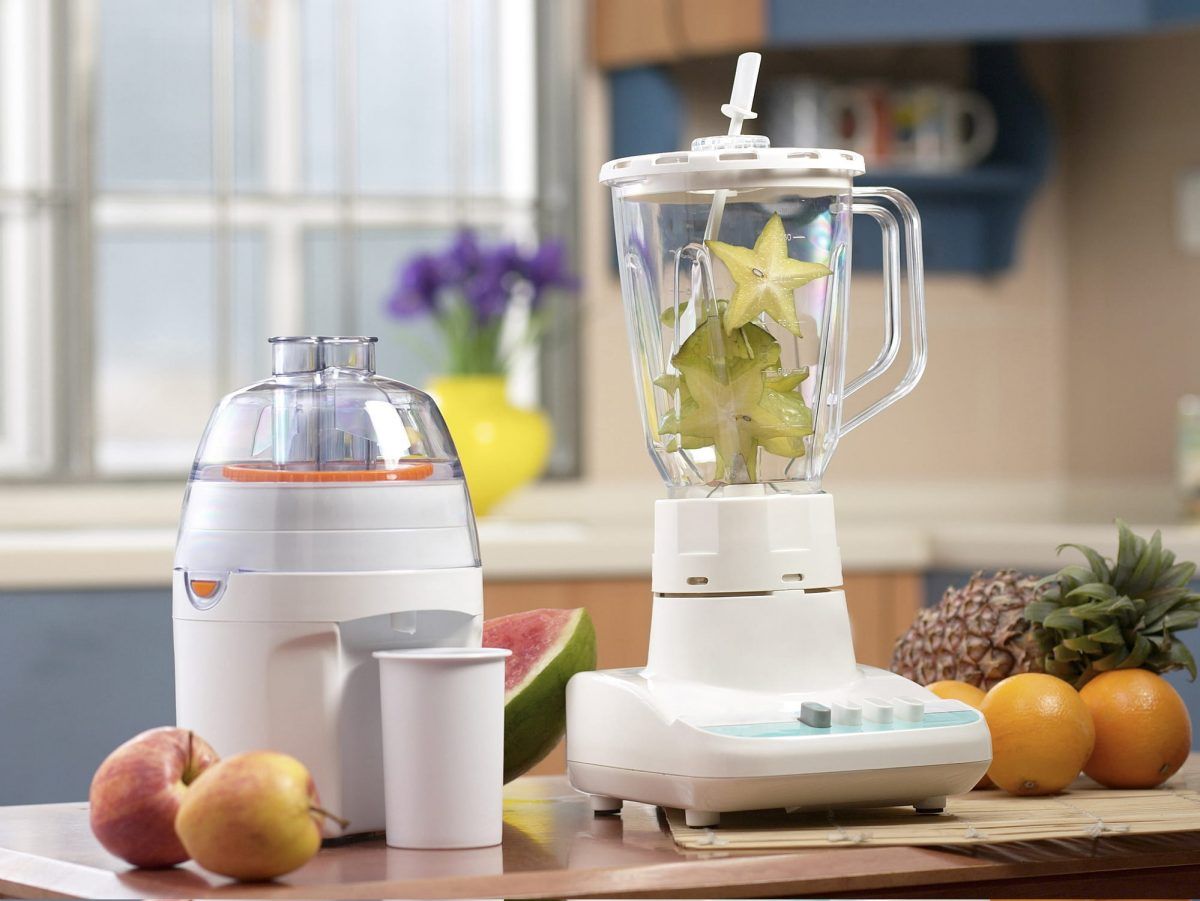
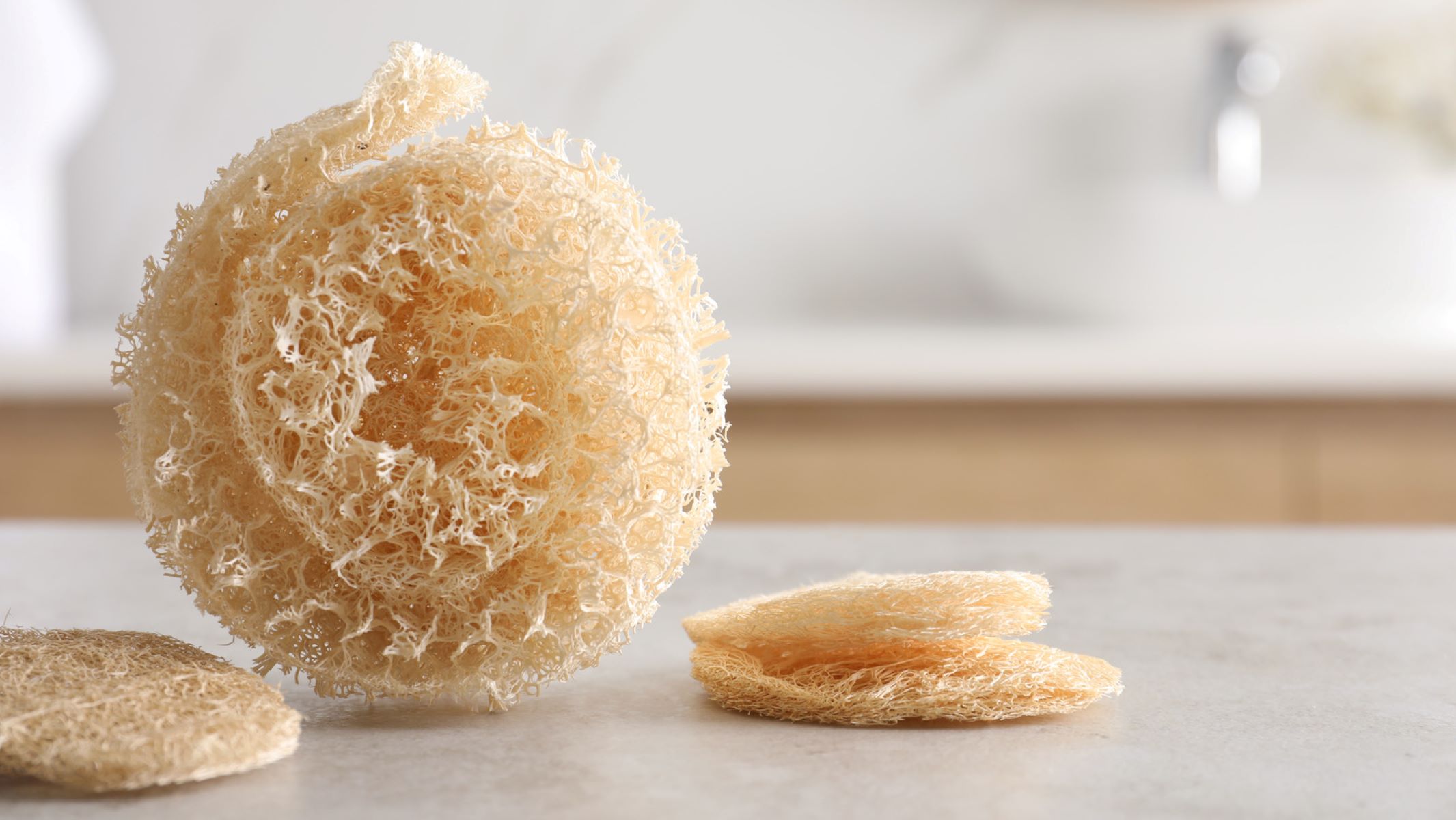
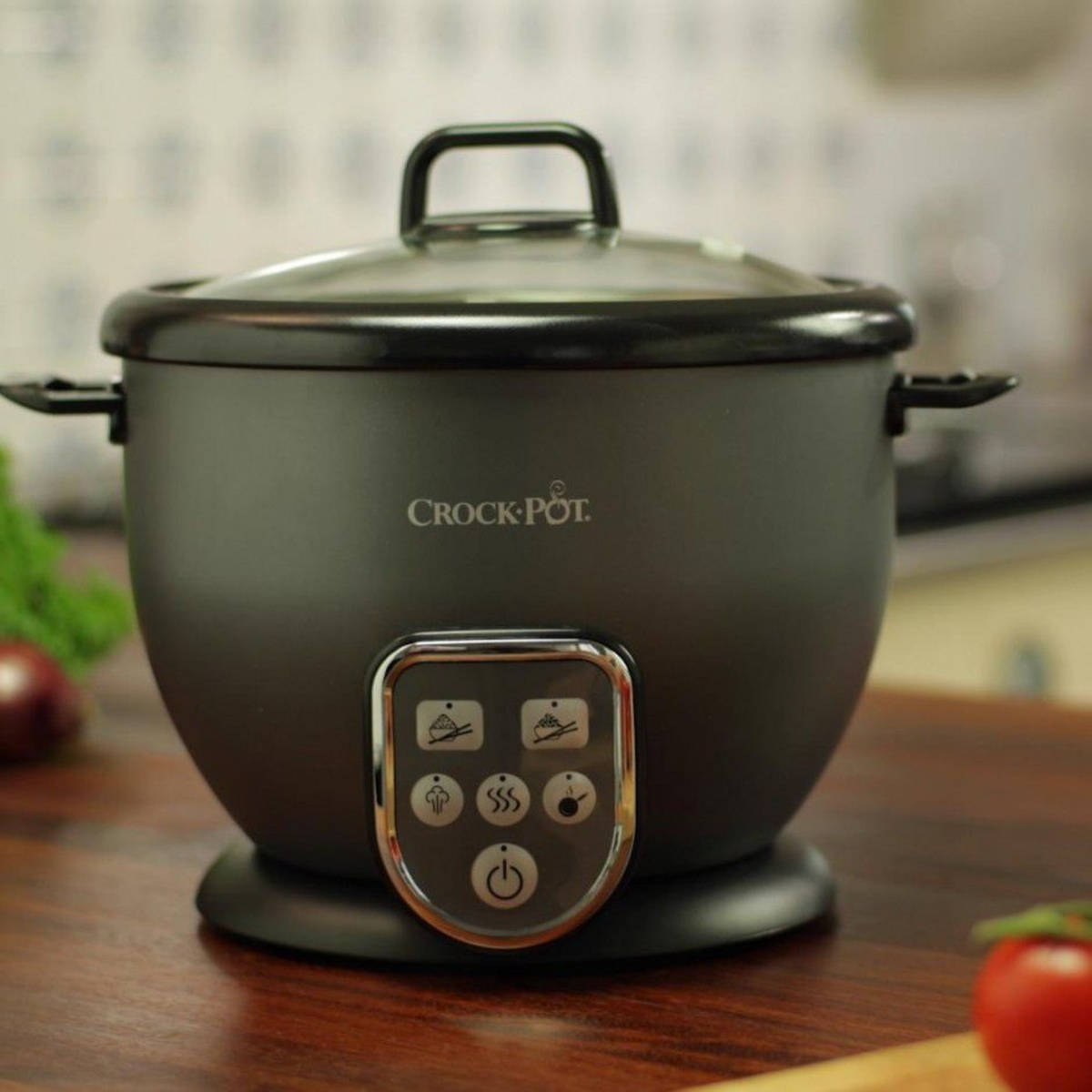
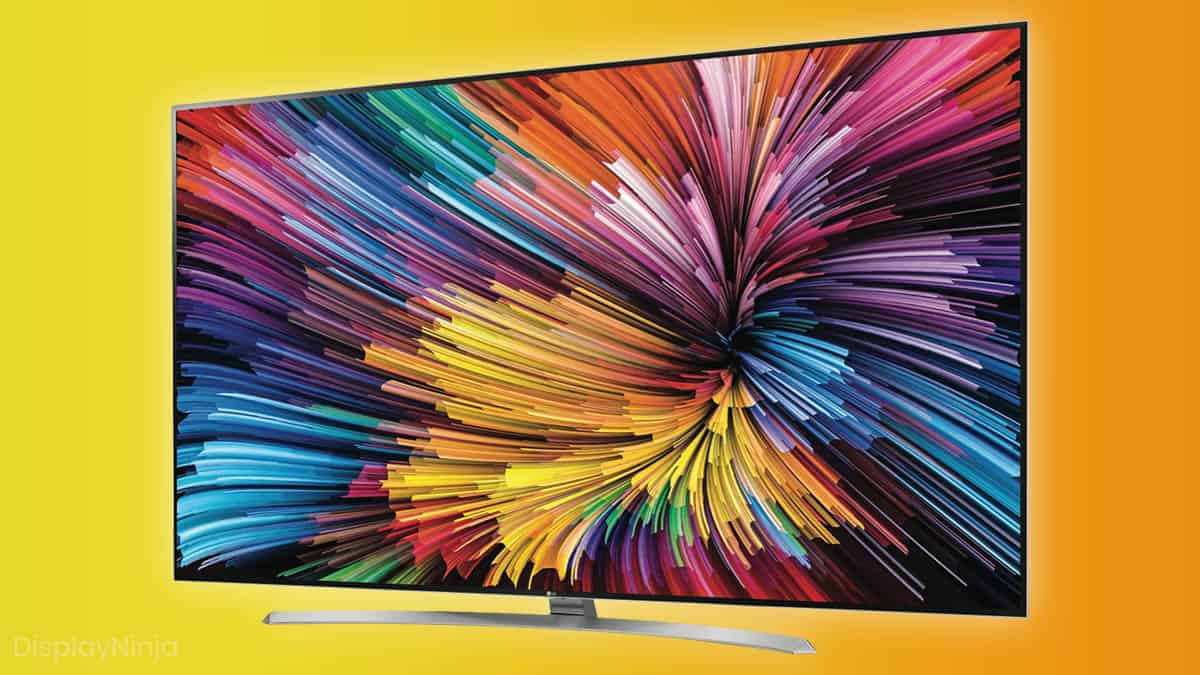
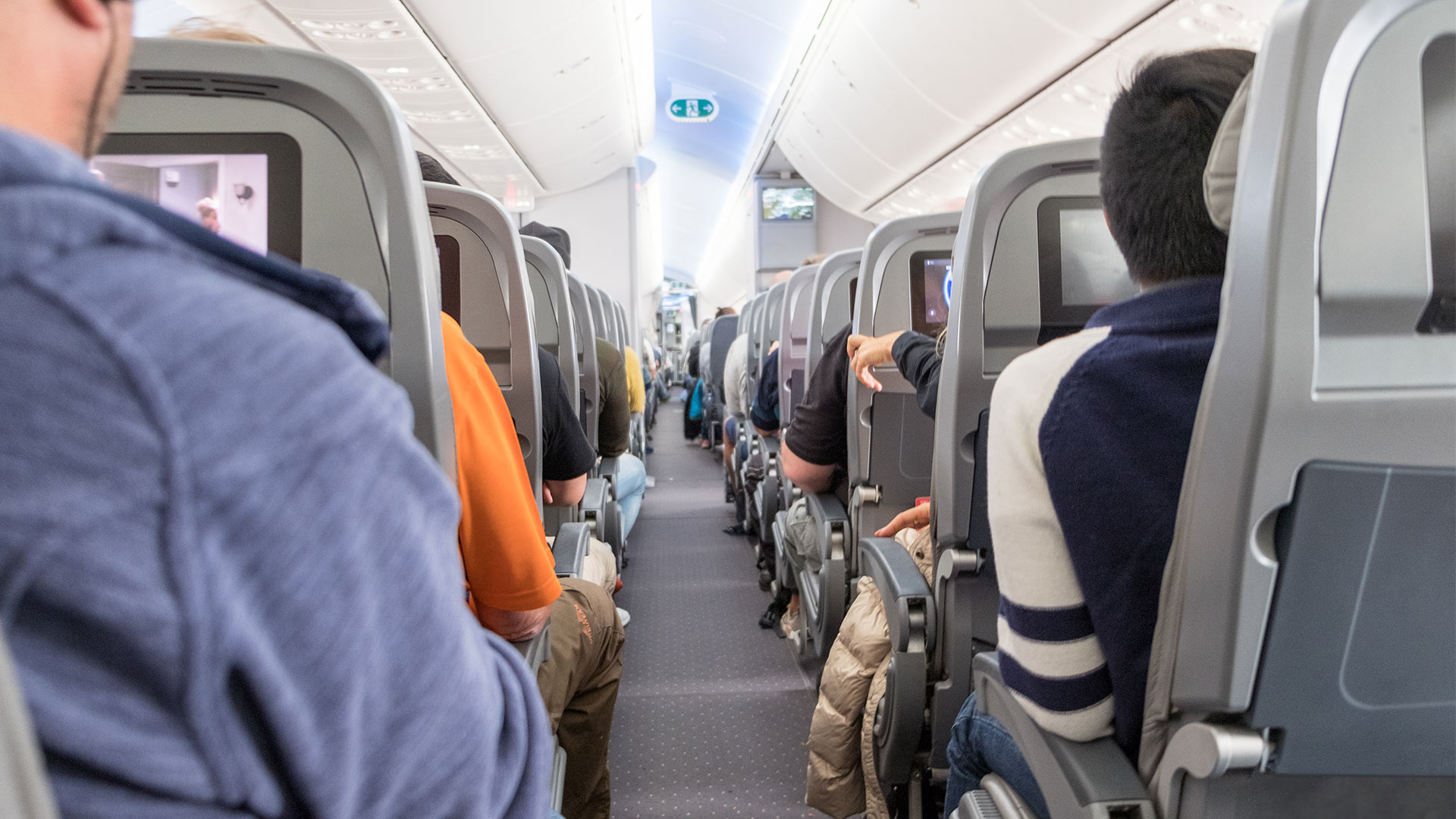
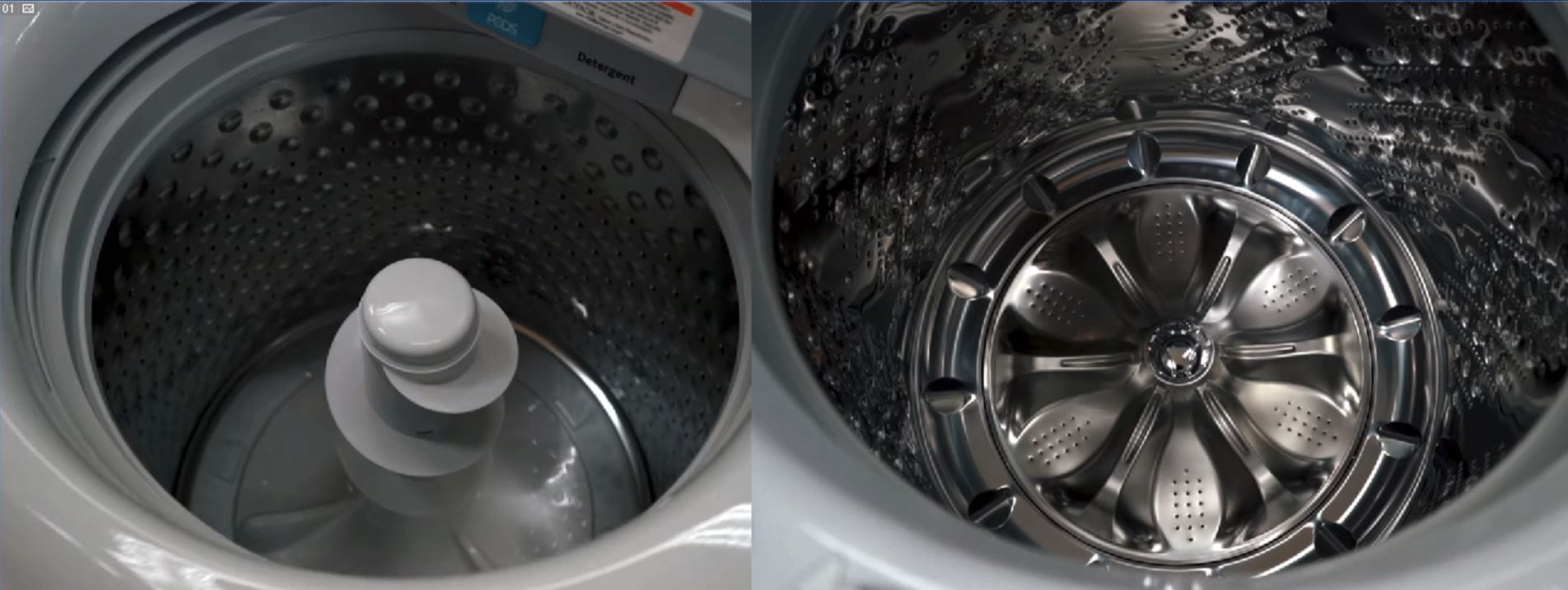

0 thoughts on “Which Is Better Crockpot Or Slow Cooker”